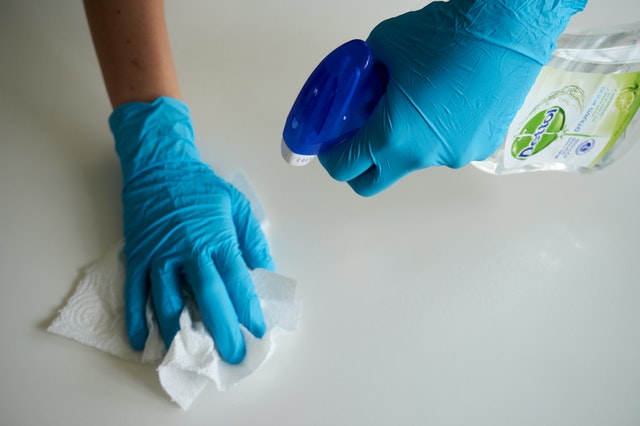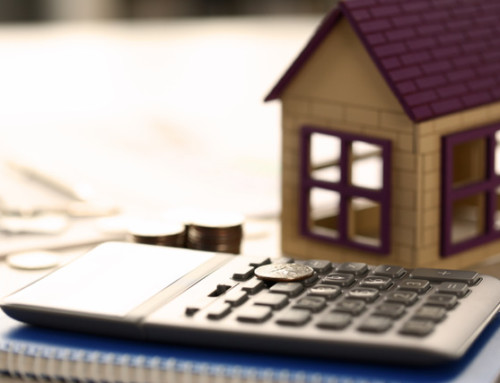Part of renting your properties is dealing with the end of tenancies. Some tenants may decide not to renew for various reasons. When this happens, it’s time to ready your unit for the next batch of tenants. Of course, it isn’t as easy as changing the locks and offering the keys to the next occupant. A series of steps need to be followed.
Stick around and this article will list the ways you can prepare your property for your next tenant!
The Tenant Turnover Process
Technically, your tenant will inform you through a notice that they won’t be renewing the lease. This is the beginning of the tenant turnover.
You can plan how to best present your soon-to-be-vacant unit by focusing on repairs and sprucing up the space. It’s also time to start marketing the property, scheduling cleaning and conducting property showings.
Here are 8 helpful tips when conducting tenant turnover:
1. Promote, Network and Advertise Your Property
Even if the unit is still occupied, you don’t have to wait until the last minute to market its availability. Since the present tenant is moving out, you have to welcome new prospects. Start crafting property listings. Inform realtors who may know people looking for a new place to rent. Post and distribute flyers.
You can also go the modern route and use online marketing. It’s easy, time-efficient, and you can quickly respond to inquiries. Post quality images to attract interested parties. If you delay marketing, you might end up shouldering maintenance expenses for vacant months. This reduces your financial resources even more.

2. Arrange Repairs of the Unit
Like advertising, you can’t leave the repairs to the last minute. If you do, you might not be able to book your preferred licensed contractor to conduct repairs. It’s a good idea to make a plan beforehand. Does the home need sprucing up? Perhaps it requires a new coat of paint? Deep cleaning?
Creating a schedule gives you time to allocate improving your rental space and fixing damaged items. It would be disappointing to an interested prospect to view a home that still has repair issues. By having repairs in place, you’ll also be able to welcome the tenant as soon as possible.
3. Don’t Hesitate to Conduct Property Showings
Even if it’s still a couple of weeks till your current tenant moves out, there’s no time to waste. Work out a good schedule with your current tenant. It takes a fair amount of coordination, but it’s more stress-relieving to avoid any income gap.
Ideally, unoccupied units will give you free rein to conduct property improvements. But losing the potential income can also be a negative outcome. As such, it’s recommended to proceed right away and start attending to rental maintenance.
4. Perform the Final Walkthrough
Part of the security deposit refund is to conduct the final accounting of repairs outside the normal wear and tear. This is where your preliminary documentation prior to the tenant moving in is useful. You can compare the state of the rental pre and post tenancy. As a landlord, you’ll be required by the state to provide the renter with an itemized written list of deductions.

Inspect the unit carefully. Refer to the photos and videos you had taken. This helps clarify the deductions to the tenant. You’ll need to submit repair estimates and receipts. You’ll need to explain the deductions clearly. This can result in conflict if not handled properly. That’s why it’s important to have ready documents to present as proof and to support the repair costs.
5. Conduct Property Improvements from Repairs to Renovations
Rarely is a rental unit free from any damage, so it’s best to fix items before welcoming the first renter. If you’re a landlord who practices preventive maintenance though, this will be an easier task.
Aside from repairs, renovations will also help your rental to build value through property improvement. You can take on a small renovation project before your new tenant comes in. As a bonus, improving your home can lead to a rental rate increase.
Here are some examples of repairs/replacements/renovations:
- Fix broken appliances
- Replace leaky pipes
- Change the filter on air conditioning units
- Change broken doorknobs/locks/handles
- Repair broken windows and blinds
- Change outdated furnishing
- Replace dim light bulbs
- Repaint dull walls
6. Focus on Cleaning the Rental Unit
A clean unit offers a refreshing glow to a new tenant. It’s likely that a new tenant will be impressed and feel right at home. The condition of your rental will also bear an elevated standard that a tenant will seek to match. If you take care of your home in an excellent fashion and present it well, the tenant is likely to follow suit.

Hiring a professional cleaning company can help reduce the degree of cleaning you have to perform. If you choose to clean on your own though, pace yourself and tackle it room by room to avoid being overwhelmed. You can start with the bathroom, proceed to the kitchen and then tackle the rest.
7. Never Forget to Change the Locks
For your new tenant’s safety and for everyone’s peace of mind, prioritize rekeying the doors. You cannot compromise security. It’s your job as a landlord to keep your tenants at ease while living in your rental.
You can also opt to install electronic lock access. This makes changing the locks simple by creating a new passcode.
8. Strive for Tenant Retention
To safeguard your time and energy, find ways to keep your tenants happy. By reducing turnovers to a minimum, you won’t be continuously preparing your property for move-in. You can also consistently enjoy a steady stream of rental income.
Keeping tenants for the long-term is not as hard as it sounds. You can cultivate a good relationship and keep communication lines open. Improve your customer service level to the highest degree. Renters will reward you with their strong loyalty and will likely choose to renew their leases year after year.
Bottom Line
Getting your property ready to rent has more elements than are often considered. Having read this article, you’ll now be prepared to rent out your property without being surprised by unexpected steps. You’ll avoid most complications and potentially even keep your new tenants long-term!














